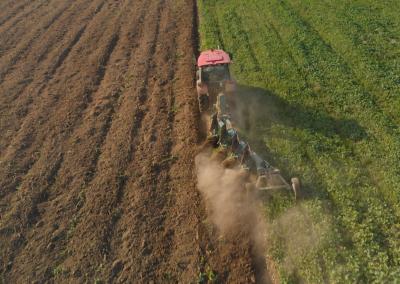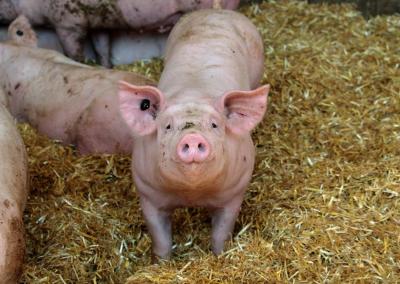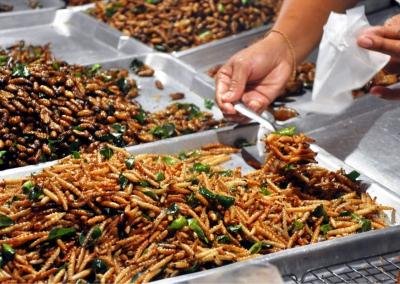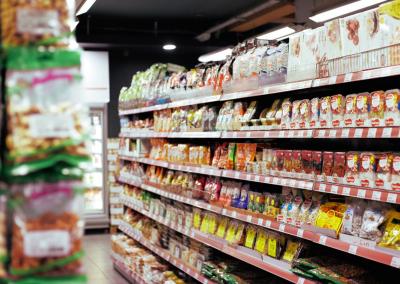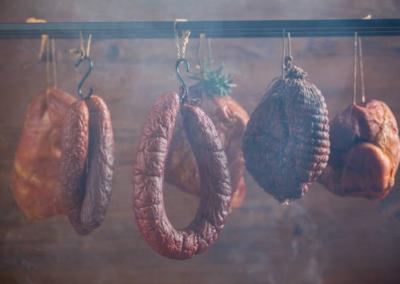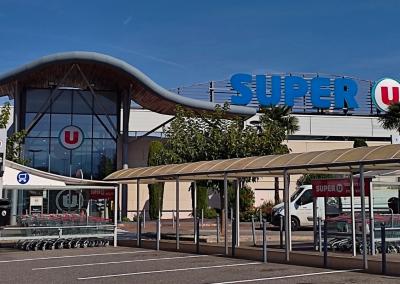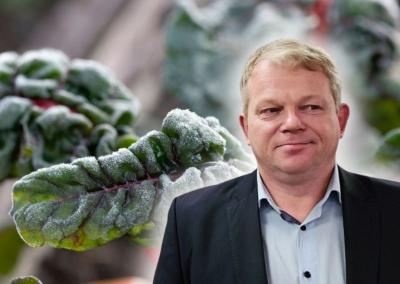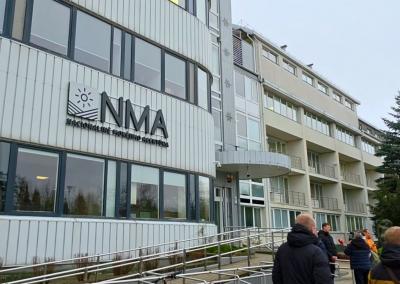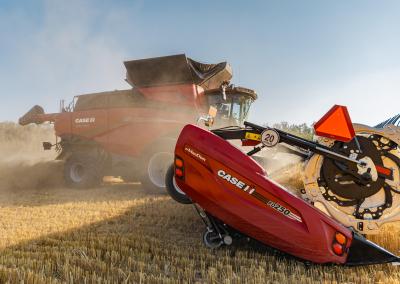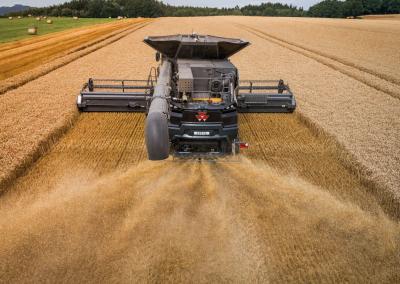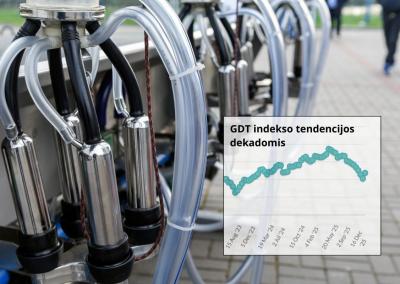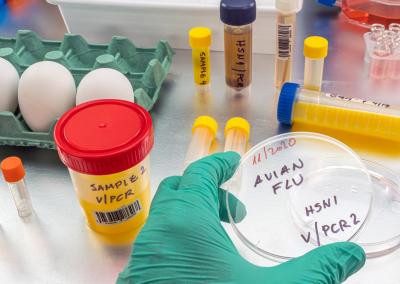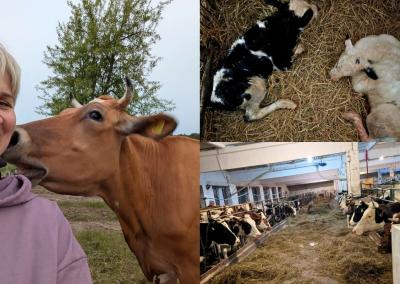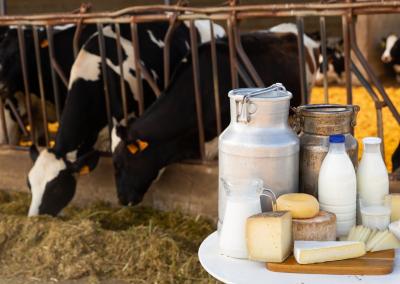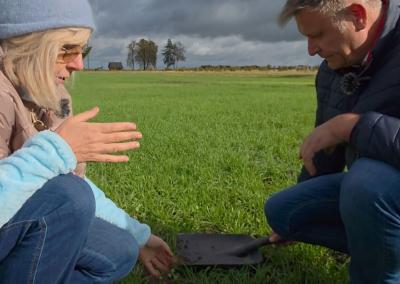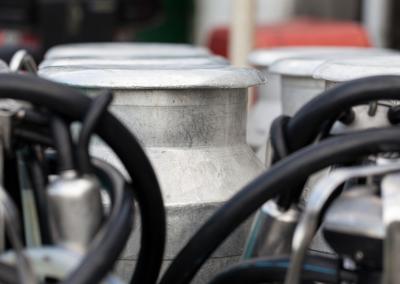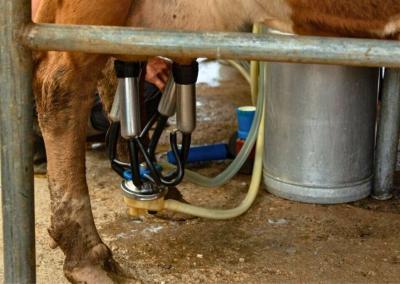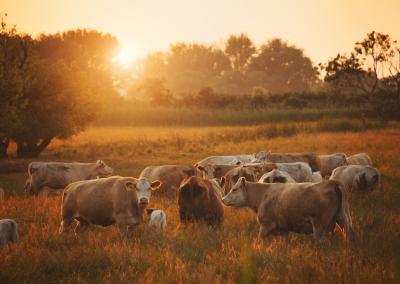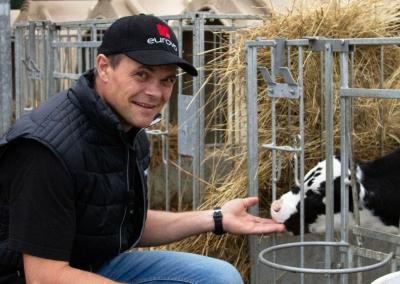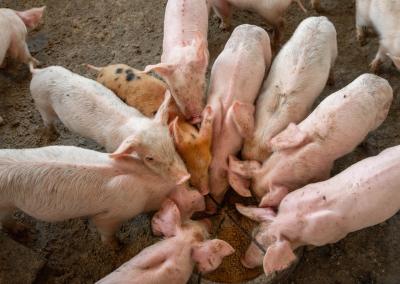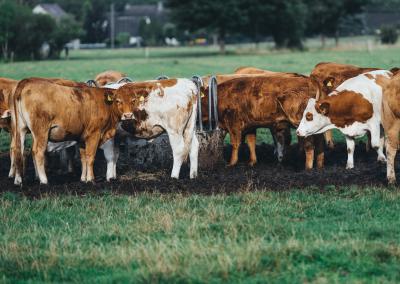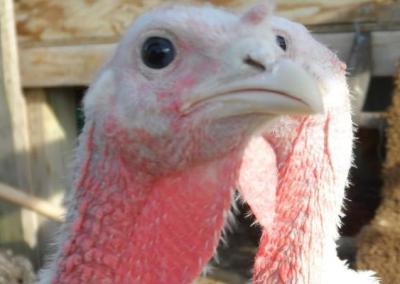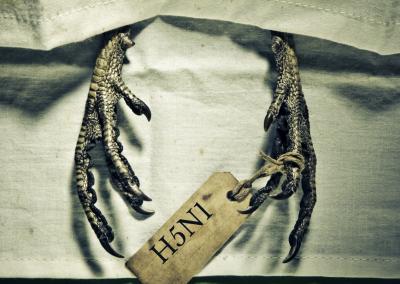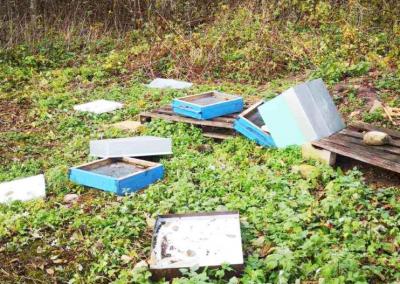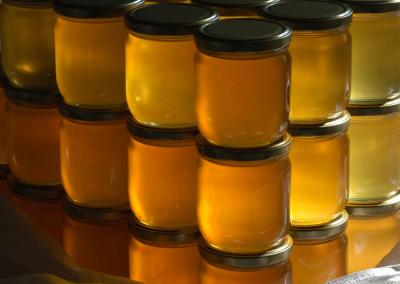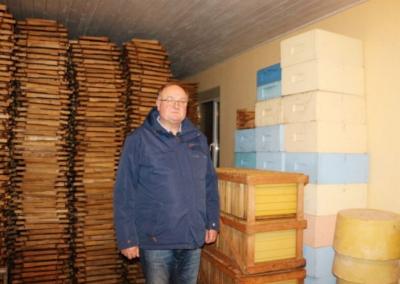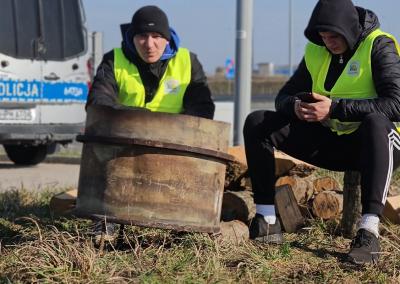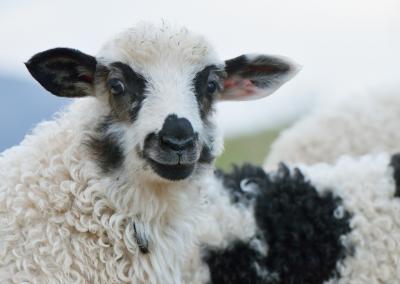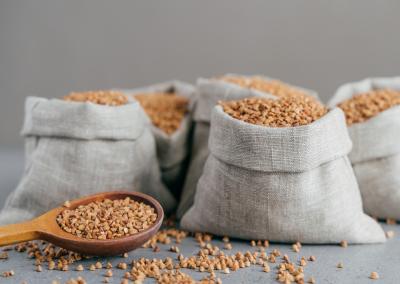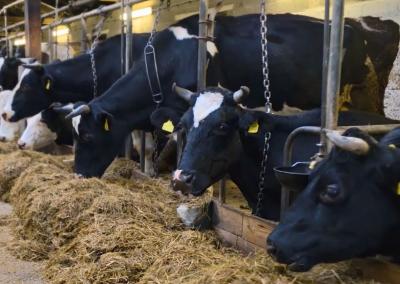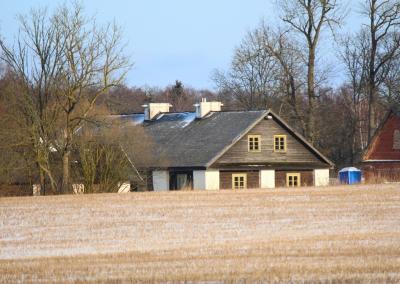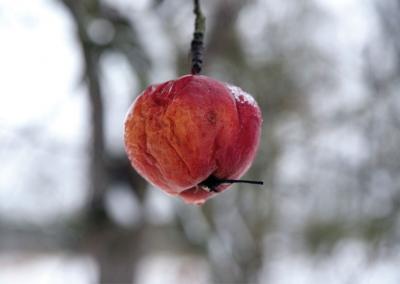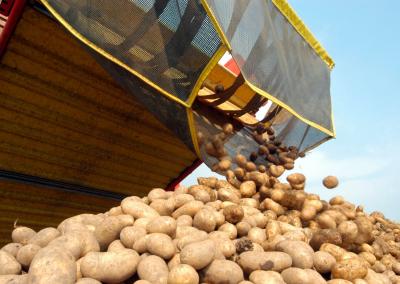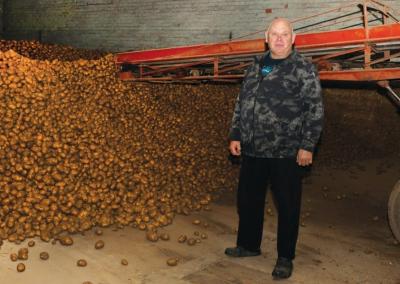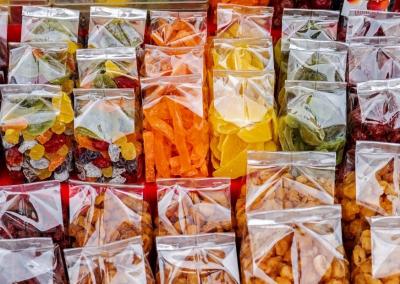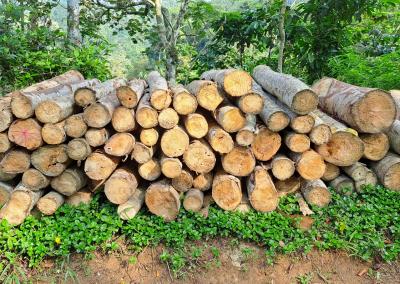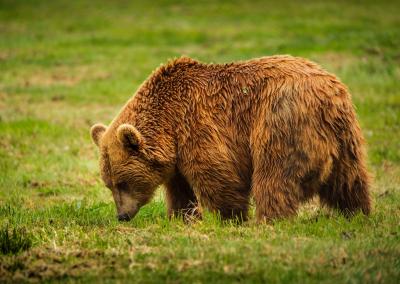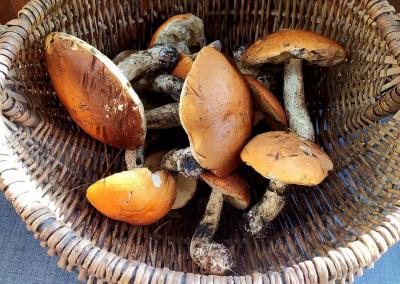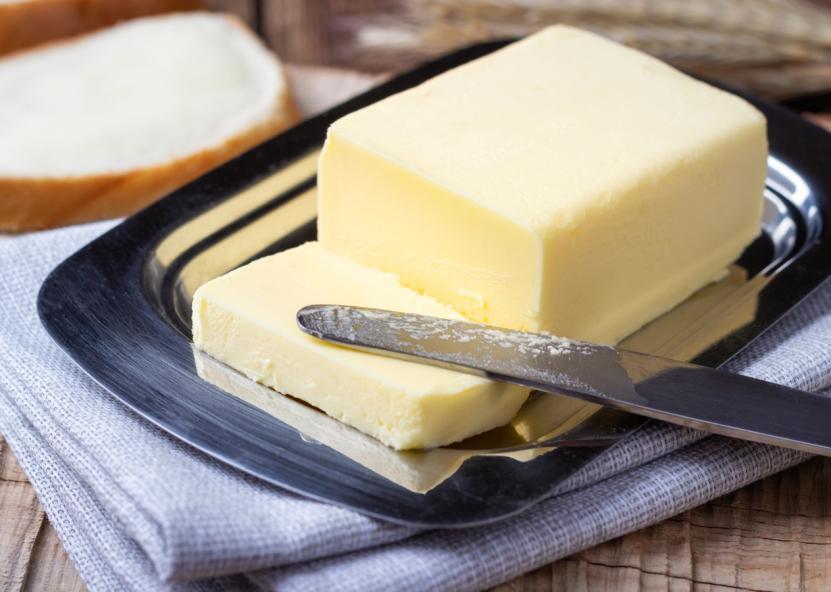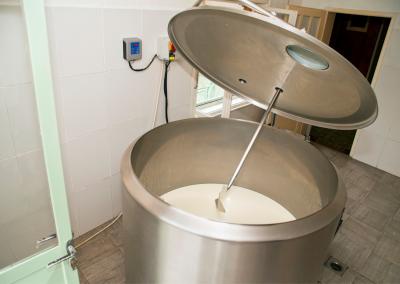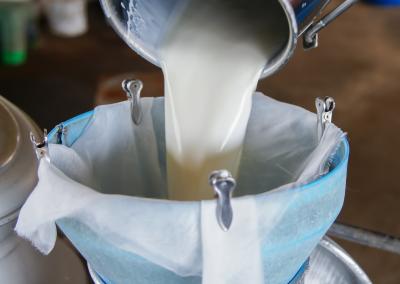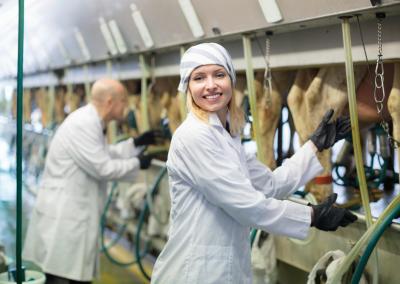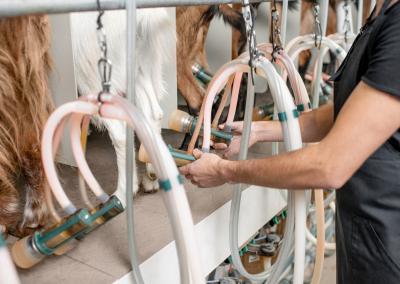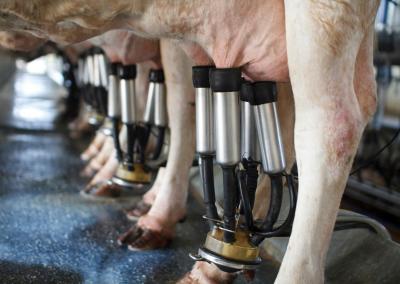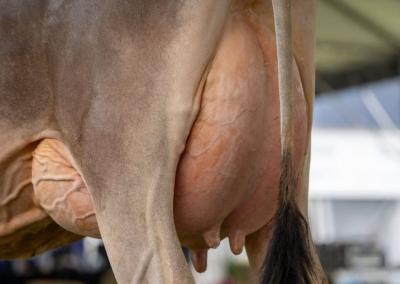Cheese and butter prices: what can we expect in the near future?
Have you ever thought that even a simple piece of cheese or butter on your breakfast table reflects the pulse of the dairy market? Cheese and butter – everyday products that accompany thousands of Lithuanian families: from a sandwich for breakfast or a nutritious snack for the kids to a cosy dinner with the family. Their taste and benefits are not only found in everyday dishes, but also in gourmet recipes – they are suitable for sauces, casseroles, even inventive desserts. Both are important not only for their taste but also for their nutritional value – they are rich in protein, fat, calcium and other beneficial substances that help to boost health and give energy every day.
It is therefore natural that many people are interested in how the prices of these dairy products are changing – after all, they reach each one of us on a daily basis.Wholesale prices for both butter and aged cheeses are expected to decrease slightly in the coming months, according to the Agricultural Data Centre (ADC). Irma Jankauskiene, Head of Market Information and Economic Analysis at ŽŪDC, explains what is driving these changes and what trends to expect in the future.
What butter prices should I expect?
In June, butter (82% fat, 170–200 g pack) on the wholesale market fetched €8.12 per kilo (excl. VAT), almost 2% cheaper than a month ago.
Meanwhile, the retail price of butter (private label and promotional prices excluded) was slightly higher in June than in May, but has already fallen in July (www.produktukainos.lt).As I. Jankauskiene notes, it sometimes takes some time for changes in wholesale dairy prices to feed through to retail prices. However, in the coming months, according to the EAA's forecasts, wholesale butter prices could continue to fall steadily, and in September butter could be around €7.50/kg (excluding VAT). According to the expert, this is likely to lead to a fall in retail prices as well.
Cheese prices are also changing
Direct prices of Tilsit and Gouda cheeses (excl. VAT) also fell slightly in June compared to May: Tilsit by 3.13% (to €6.51/kg) and Gouda by 1.63% (to €6.64/kg).
On the retail market, however, only Tilsit cheeses showed a decrease in prices (price incl. VAT down by 0.01 €/kg to 12.73 €/kg), while Gouda cheeses showed an increase of 0.56% (incl. VAT up to 12.63 €/kg).
The wholesale price of Tilsit cheese is forecast to reach EUR 6,40/kg in September, Gouda around EUR 6,57/kg.
According to I. Jankauskiene, when wholesale prices rise, retail prices reflect them quickly, but when prices fall, this process takes time. It remains to be seen whether the fall in wholesale cheese prices will be reflected on the shelves of supermarkets in the near future.
How much do Lithuanian farmers get for their milk?
In June, the farm-gate price of raw milk (benchmarks) in Lithuania* was €403.87 per tonne – slightly higher than in May, but here too the price is forecasted to gradually decrease, falling to €391.80 per tonne in September. (*The calculation of the weighted average farm-gate price includes the value and quantity of raw milk produced in Lithuanian dairy processing plants for in-house processing.)
Why are prices changing and what to expect in the future?
Butter and cheese are export-oriented products, so their prices in Lithuania are primarily driven by the situation on the world dairy market, which has recently seen a decline in wholesale prices. Domestic demand for products is also influential, but seasonality and the resulting increase in raw milk supply tend to reduce raw milk prices, but do not always have an immediate impact on final product prices.
In the long term, dairy prices are influenced by a wide range of factors, such as climatic conditions, geopolitics, global supply and demand, fuel and feed prices, and policy decisions (e.g. US tariffs).


